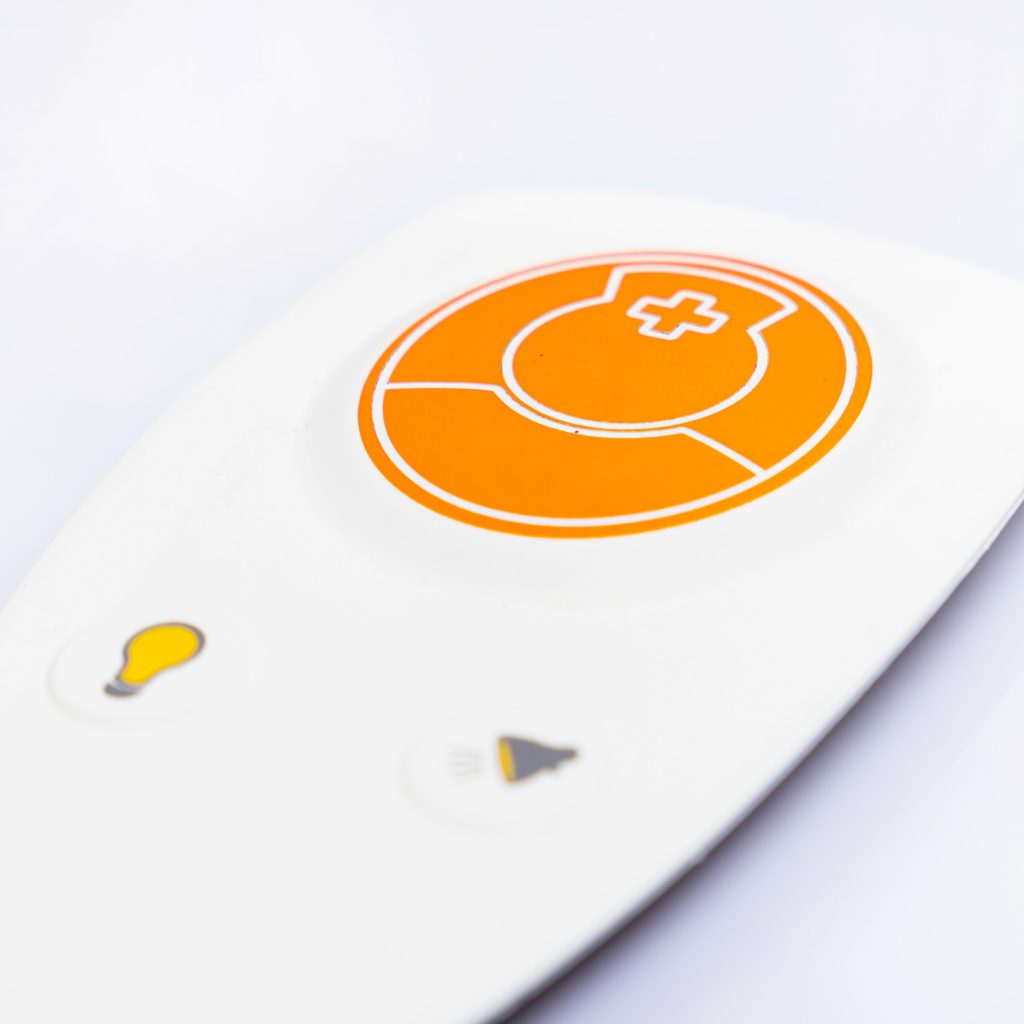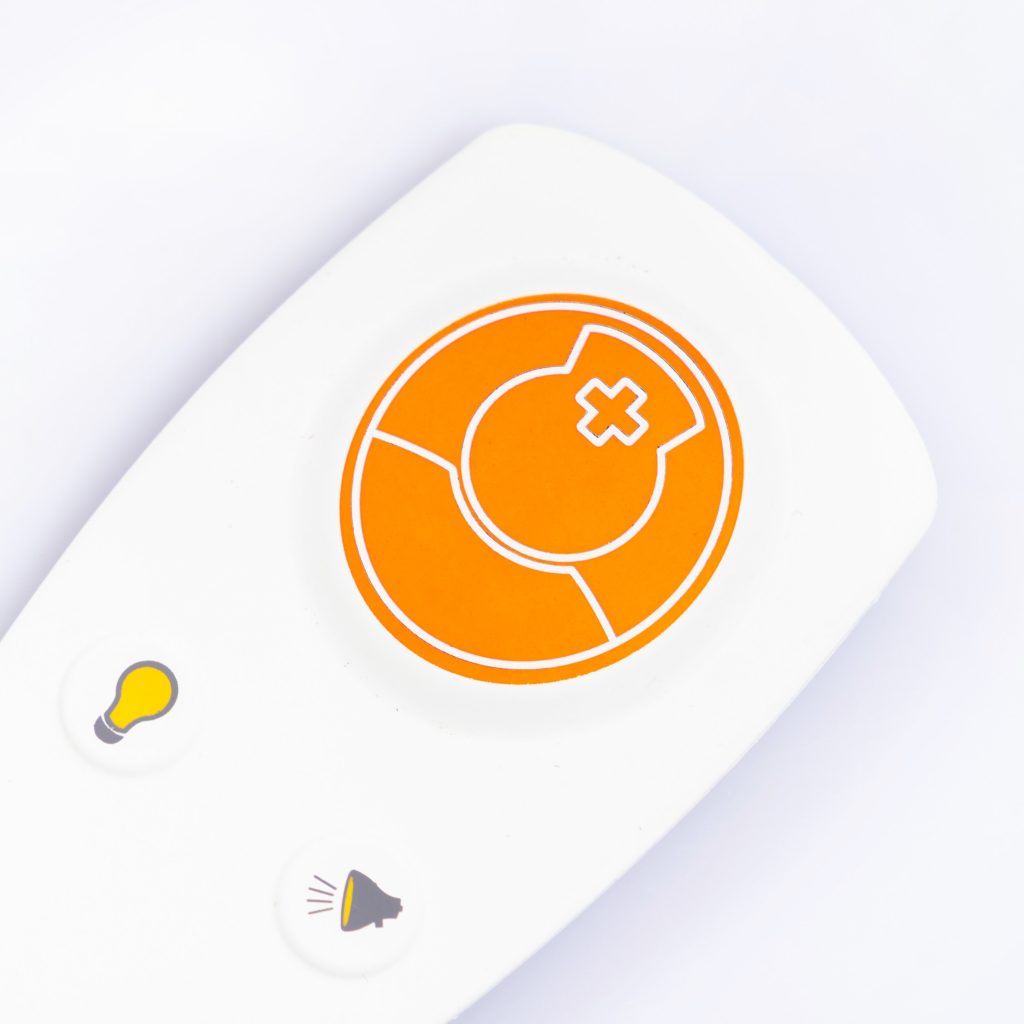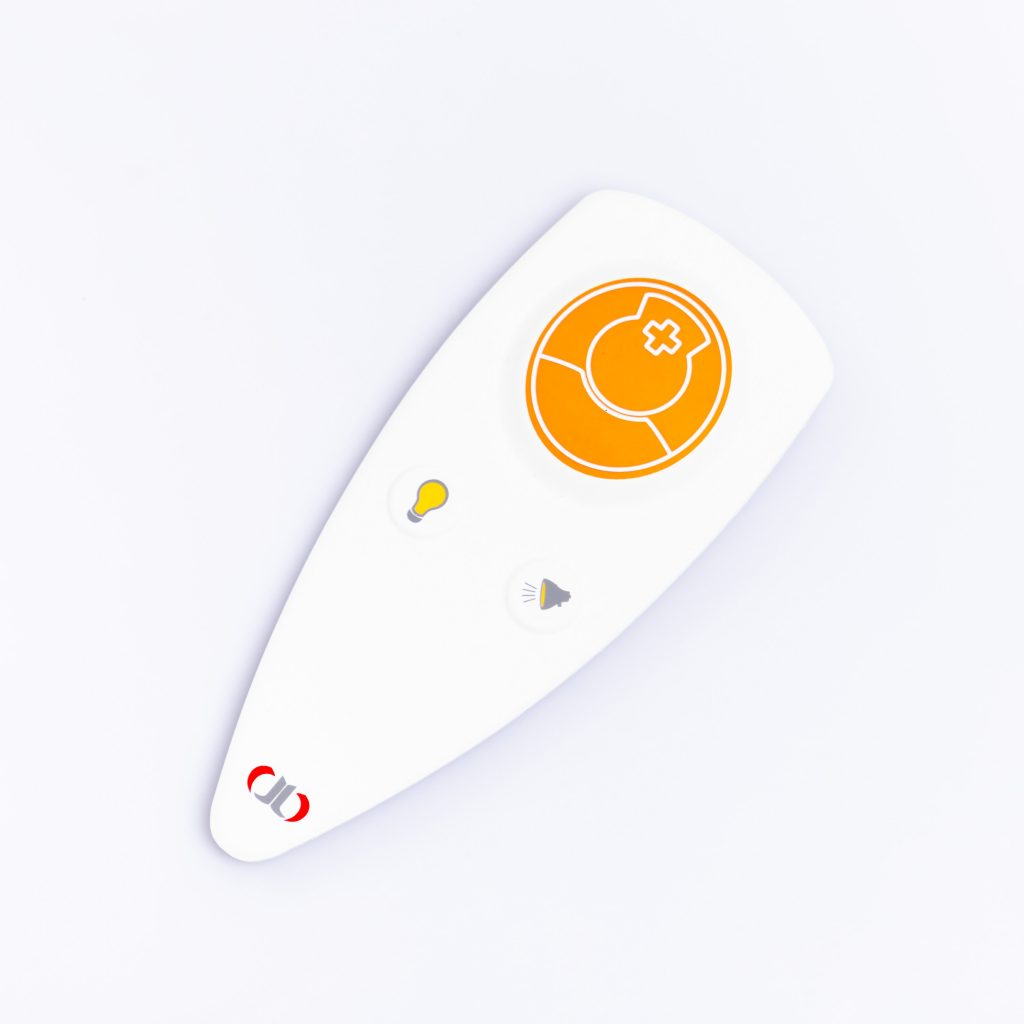Contact
Write to Us And We Would Be Happy to Advise You.
Do you have any questions, or would you like to speak directly with a representative?
By hqt
When it comes to medical equipment, ensuring standardization and application is of utmost importance. One crucial aspect in achieving this is the graphic overlay used in medical devices. The graphic overlay not only provides a visually appealing interface but also serves as a vital component for the functionality and usability of medical equipment. In this article, we will explore the materials that need to be considered for graphic overlays in medical equipment and understand why antibacterial properties play a crucial role in this context.



Graphic overlays act as a bridge between the user and the medical equipment. These overlays consist of various layers, including the graphic design, display windows, labels, and tactile features, that allow users to interact with the device effectively. The material used for the graphic overlay plays a significant role in determining its durability, readability, and overall performance.
When selecting materials for graphic overlays in medical equipment, it is essential to consider their suitability for the application, longevity, resistance to environmental factors, and ease of cleaning and maintenance. Let’s explore some key materials commonly used in graphic overlays:
1. Polyester (PET)
Polyester, also known as PET, is a widely used material for graphic overlays. It offers excellent durability, chemical resistance, and dimensional stability, making it suitable for medical equipment that undergoes frequent cleaning and sterilization processes. PET overlays are also resistant to UV radiation and have a high resistance to wear and tear, ensuring long-lasting performance.
2. Polycarbonate (PC)
Polycarbonate is another popular material choice for graphic overlays in medical equipment. It provides exceptional impact resistance, optical clarity, and resistance to chemicals and cleaning agents. PC overlays offer high precision and dimensional stability, making them suitable for devices that require precise alignment of buttons and indicators.
3. Acrylic
Acrylic overlays are known for their exceptional optical clarity and scratch resistance. They offer good chemical resistance and are often used in medical equipment where visual aesthetics and readability are crucial. Acrylic overlays can be easily customized with various textures and finishes, enhancing the overall appearance of the device.
4. Silicone Rubber
Silicone rubber overlays are highly flexible, making them suitable for devices with complex shapes or curved surfaces. They offer excellent resistance to extreme temperatures, chemicals, and moisture. Silicone rubber overlays also provide a soft-touch feel, enhancing the user experience.
5. Adhesive Selection
In addition to the overlay material, the adhesive used to attach the overlay to the equipment is equally important. The adhesive should be chosen based on factors such as bonding strength, resistance to environmental conditions, and compatibility with the overlay material. Some common adhesive options include 3M™ Adhesive Transfer Tapes and Pressure-Sensitive Adhesives (PSAs).
Maintaining a clean and hygienic environment is crucial in medical settings to prevent the spread of infections. In medical equipment, where multiple users may come in contact with the device, incorporating antibacterial properties in the graphic overlay becomes paramount. Here’s why antibacterial properties are important:
A1: It is important to refer to the manufacturer’s guidelines for cleaning and maintenance. While graphic overlays are designed to withstand regular cleaning, using harsh chemicals can damage the overlays or compromise their performance. Mild cleaning agents and non-abrasive cleaning techniques are usually recommended.
A2: The cost of antibacterial graphic overlays may be slightly higher compared to non-antibacterial options due to the additional manufacturing processes involved. However, considering the importance of infection control in medical settings, the benefits outweigh the slightly higher cost.
A3: The lifespan of graphic overlays can vary depending on several factors, including the materials used, environmental conditions, frequency of use, and cleaning methods. High-quality overlays made from durable materials such as PET or PC can last several years with proper care and maintenance.
A4: Yes, graphic overlays can be customized to align with the branding and design preferences of medical equipment manufacturers. Various customization options, such as color, texture, embossing, and backlighting, are available to create visually appealing and user-friendly interfaces.
A5: The antibacterial properties of graphic overlays are typically designed to be long-lasting. However, over time, with regular use and cleaning, the effectiveness of antibacterial properties may gradually diminish. It is recommended to follow the manufacturer’s guidelines for cleaning and maintenance to preserve the antibacterial properties.
A6: Yes, graphic overlays find applications in various industries beyond medical equipment. They are commonly used in consumer electronics, automotive, industrial machinery, and appliances where durable and aesthetically pleasing user interfaces are required.
Standardization and application of graphic overlays are crucial for the optimal performance and usability of medical equipment. By carefully considering the materials used in graphic overlays and incorporating antibacterial properties, manufacturers can ensure a hygienic and durable user interface. With advancements in material technology, graphic overlays continue to evolve, providing improved functionality and aesthetics in medical equipment.
Do you have any questions, or would you like to speak directly with a representative?